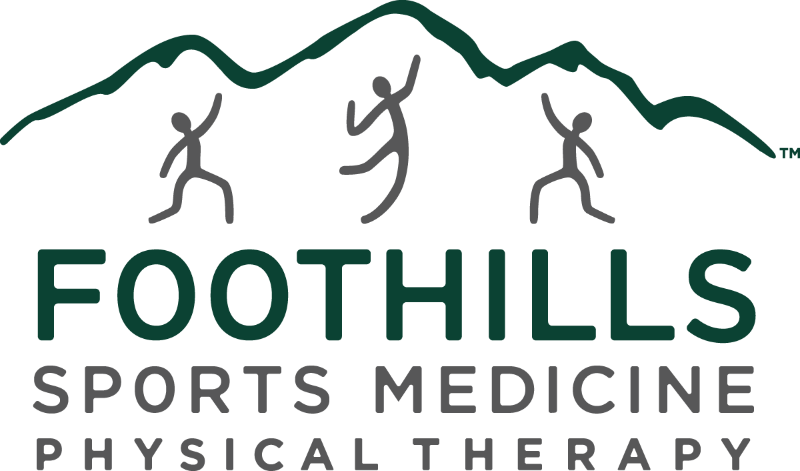If you are searching for a physical therapy expert, look no further than our own Jordan Adams, PT, DPT. He is here to give us advice about our very important core muscles:
When you hear the words “core muscles,” what do you think of? Does your mind conjure pictures of abs, the beach, and hot weather? Possibly.
You might be surprised to find that this group of muscles is vastly more important than ensuring that you look good on your next vacation.
Your “core” is made up of 29 muscles in the mid and lower back, pelvic floor, buttocks and hips. All the muscles work together as a catalyst for determining the body’s movements and an individual’s ability to perform tasks.
According to physical therapy experts at Mullis & Associates, no matter where a motion starts, it either originates in the core or eventually moves through it. Therefore, someone with weak or inflexible core muscles could experience impaired arm and leg function. Conversely, a strong core can lead to a wide range of benefits, including reduced back pain, better posture, lower risk of falling and improved overall performance in sports and other physical activities.
Whether you’re lifting a bag of groceries or swinging your favorite golf club, strong core muscles are necessary for functional movement, balance, performance and injury prevention.
So, What are the Core Muscles?
The core muscles consist of two groups.
- Inner Core Muscles: these deep internal muscles are the stabilizers of the core and are attached to the spine, supporting movement
- Outer Core Muscles: these muscles support the inner core working in conjunction with the inner core muscles to move the body
Core Stability vs. Core Strength
- Core Stability: the ability to stabilize the spine as a result of muscle activity, primarily achieved by the inner core muscles
- Core Strength: the ability of the muscles to produce functional movement, primarily involving the outer core muscles
Strengthening Your Core
There is no one correct way to strengthen your core. With such a large number of muscles to work with, it’s important to strengthen and improve in multiple ways. This can include static (non-moving) and dynamic (moving) activities. Static activities include exercises such as planks and other abdominal isometrics. Dynamic activities include mountain climbers or wood chops.
To achieve maximum benefit when initiating a core strengthening program, it is important to establish a proper pelvic alignment. This is achieved by rocking the pelvis forwards and backwards in a full, pain-free range of motion. Continue to rock until a middle, comfortable portion of the movement is found. This is the ideal position for strengthening the core.
When you begin a core strengthening program it is important to establish a wide variety of exercises. I’d suggest trying lower level movements first, and then working up to more complex movements that require more muscle activation.
How Physical Therapy Can Help
If you are currently experiencing low back pain or would like help with core strengthening, physical therapy can help. Our physical therapy experts specialize in the ability to evaluate and treat deficiencies in movements or muscle weakness. We can create an individualized plan just for you that will help decrease pain, improve strength, and achieve your highest quality of life.
Our physical therapy experts at Foothills Sports Medicine Physical Therapy can help you improve core strength (and get that beach body you always wanted). If you have questions about your current physical therapy program or are thinking about working with a physical therapist, make an appointment for a consultation today! To learn more about Foothills Sports Medicine Physical Therapy, and what our certified physical therapy specialists can do for you, check out the Foothills blog.
Image courtesy fleur-design.




